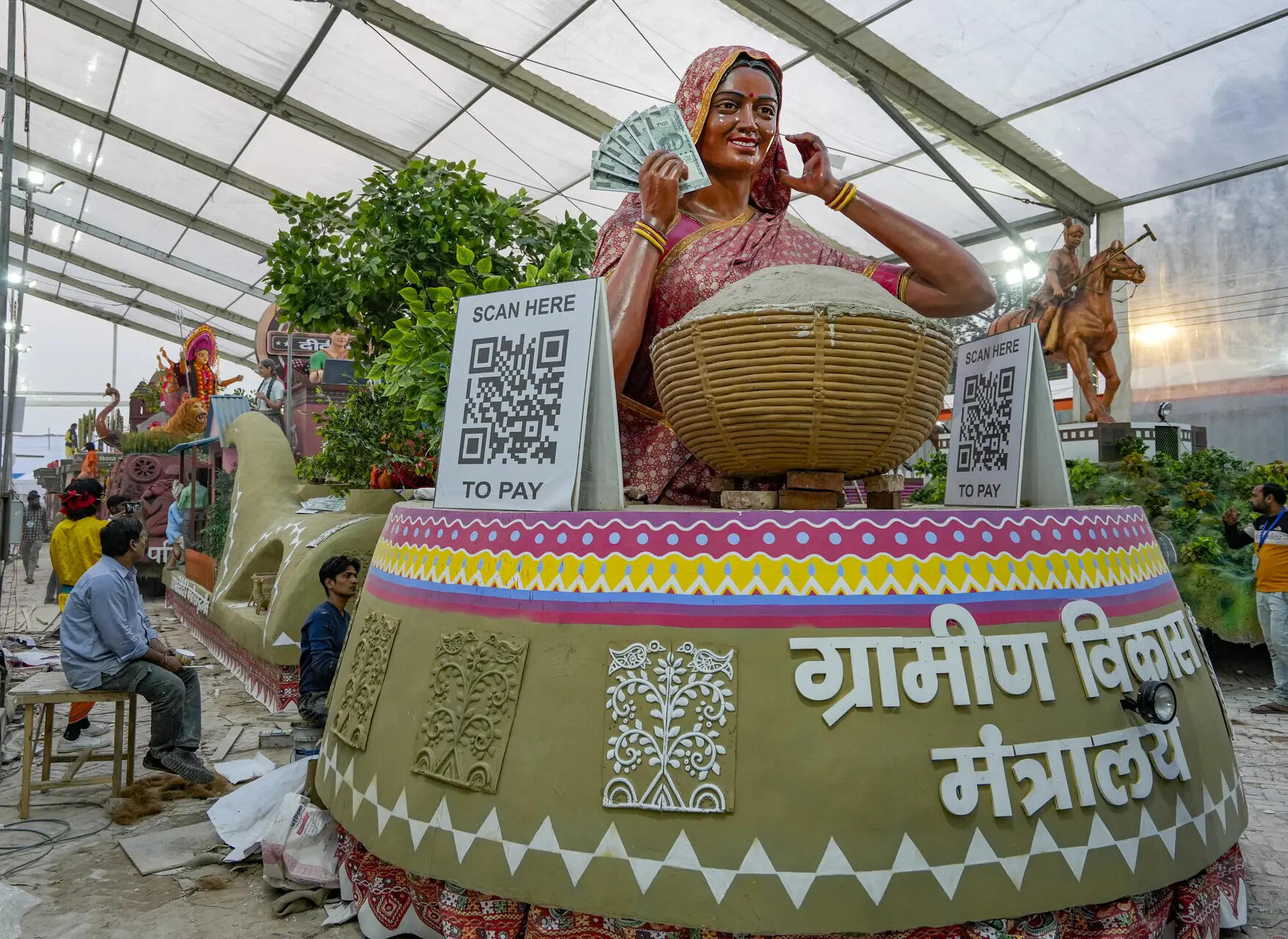
NEW DELHI: In a significant move toward evidence-based rural development and localization of the Sustainable Development Goals (SDGs), the Ministry of Panchayati Raj has unveiled the baseline report of the Panchayat Advancement Index (PAI) for the financial year 2022–23. This pioneering initiative is set to transform the way grassroots governance is assessed and strengthened across India’s over 2.5 lakh Gram Panchayats (GPs).The PAI serves as a comprehensive monitoring and evaluation tool that measures Panchayats’ performance across nine key themes aligned with localized SDGs (LSDGs) — including poverty alleviation, health, child welfare, water sufficiency, environmental sustainability, infrastructure, social justice, good governance, and women’s empowerment. Together, these indicators bridge global SDG ambitions with local realities.
Highlights of the Baseline Report
Out of 2,55,699 Gram Panchayats, 2,16,285 successfully submitted validated data for assessment. The Panchayats have been categorized into five performance tiers:
- Front Runners (75–90 points): 699 GPs (0.3%)
- Performers (60–75 points): 77,298 GPs (35.8%)
- Aspirants (40–60 points): 1,32,392 GPs (61.2%)
- Beginners (below 40 points): 5,896 GPs (2.7%)
Achievers (90+ points): None so far
No inter-state comparison has been made at this stage, but Gujarat leads with 346 Front Runner Panchayats, followed by Telangana with 270. States such as Maharashtra, Madhya Pradesh, and Uttar Pradesh also recorded high numbers of “Performer” Panchayats. On the other hand, Bihar, Chhattisgarh, and Andhra Pradesh showed a larger share of Aspirant Panchayats, indicating areas requiring focused developmental efforts.A Framework Rooted in Local Realities
The PAI is constructed using 435 unique local indicators (331 mandatory and 104 optional), covering 566 distinct data points across the nine LSDG themes. It is closely aligned with the National Indicator Framework (NIF) of the Ministry of Statistics and Programme Implementation (MoSPI), underlining India’s firm commitment to the Agenda 2030 of the United Nations.
The PAI does more than just rank Panchayats — it identifies development gaps, encourages evidence-based planning, and supports holistic rural progress. It fosters a bottom-up approach, empowering Panchayats to set localized targets and implement more targeted, impactful development strategies.
Empowering Governance with Data
The initiative promotes data-driven decision-making and encourages healthy competition among Panchayats. The dedicated PAI Portal (www.pai.gov.in) serves as a multilingual data entry and tracking platform, where Panchayats can monitor their performance and progress in real time. All submitted data undergoes stringent validation by the respective states and Union Territories.
While over 2.16 lakh Panchayats from 29 States/UTs had their data validated and included, entries from 11,712 Panchayats across five states/UTs — Meghalaya, Nagaland, Goa, Puducherry, and West Bengal — were excluded due to pending validation.
Broad-Based Collaboration
The successful rollout of the PAI baseline report was made possible through close coordination with multiple Union Ministries, State Governments, and UN agencies. These stakeholders played a crucial role in data sharing and validation, making the Index a truly collaborative and inclusive effort.
Looking Ahead: Rural India and the Road to 2030
The PAI marks a landmark shift in India’s rural development narrative — from anecdotal to analytical, from one-size-fits-all policies to context-sensitive governance. As the country progresses toward its SDG 2030 commitments, the PAI will act as a dynamic tool for both tracking incremental progress and guiding strategic interventions.
For elected representatives, government officials, and development partners, the PAI offers clear, measurable insights into ground realities — enabling more targeted policymaking and resource allocation at every level of governance.


